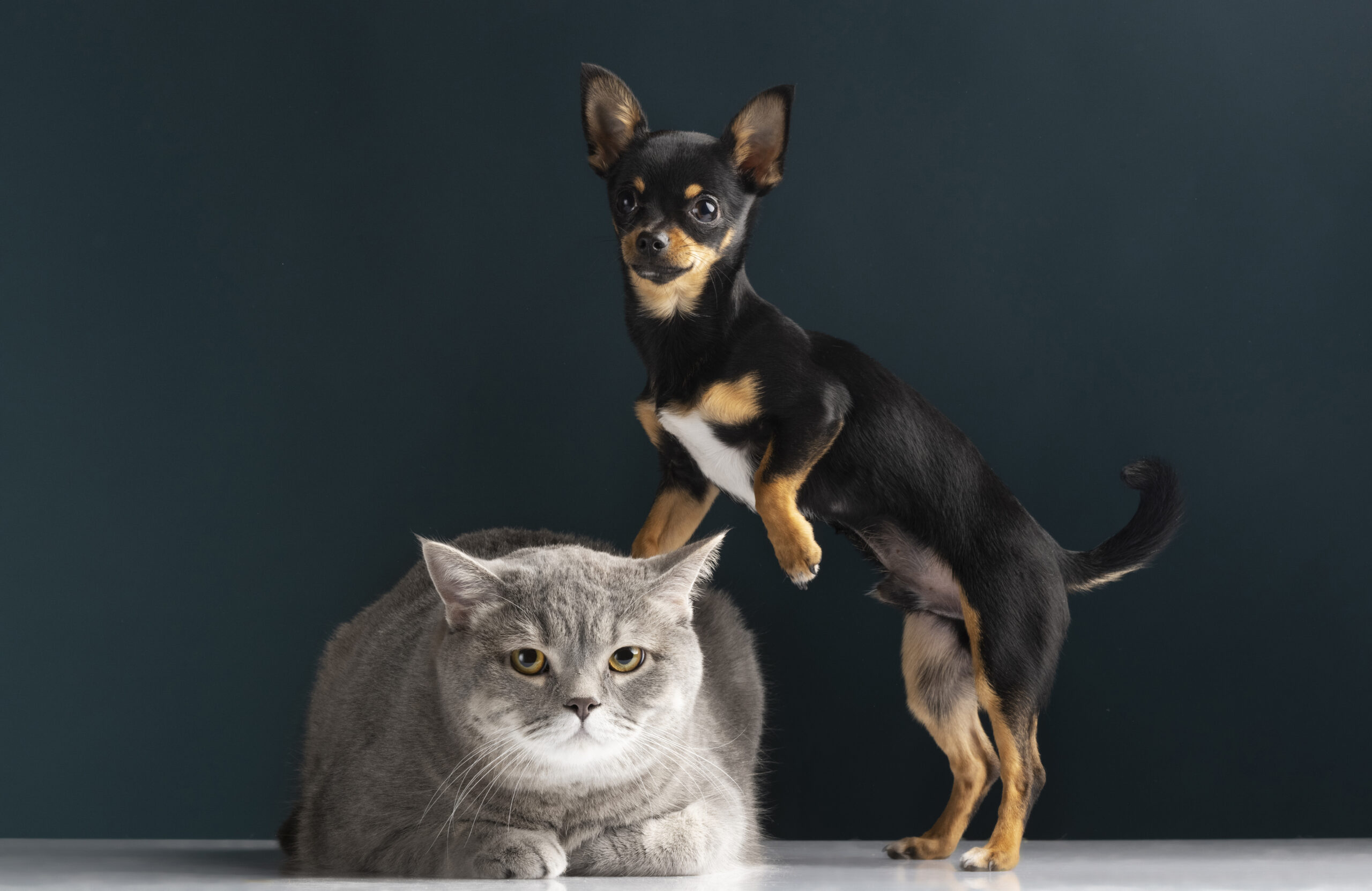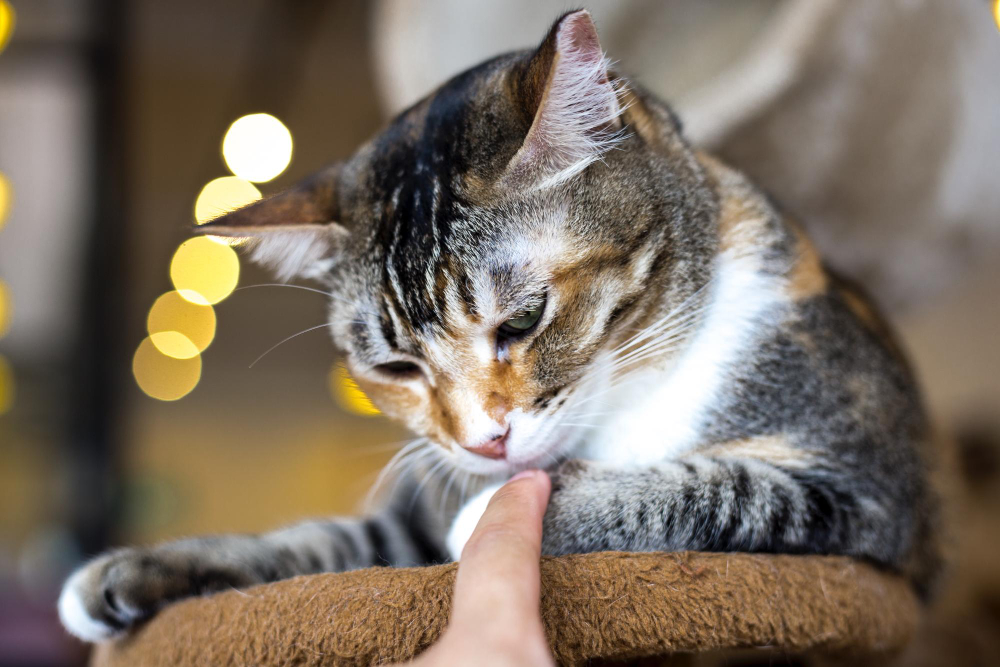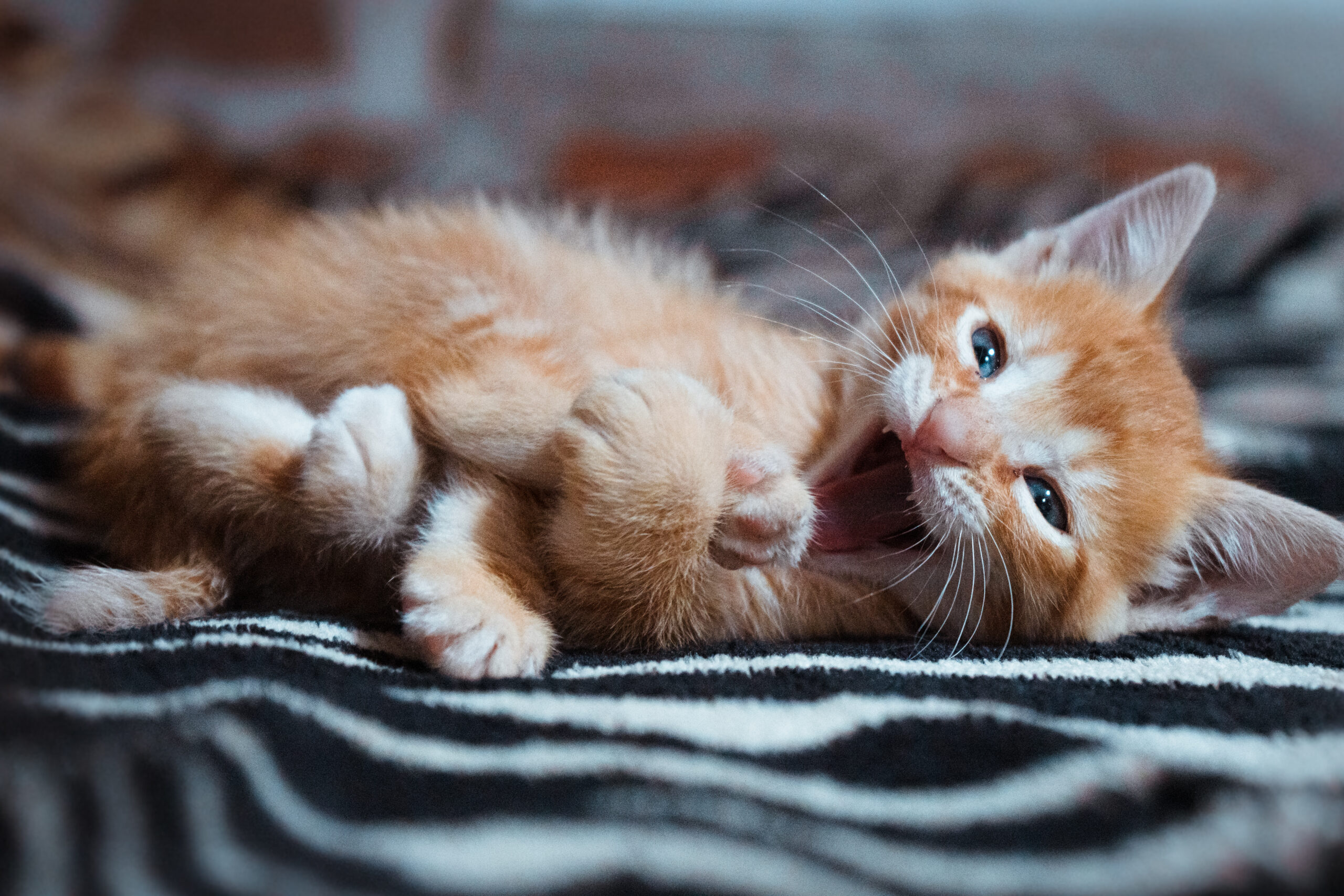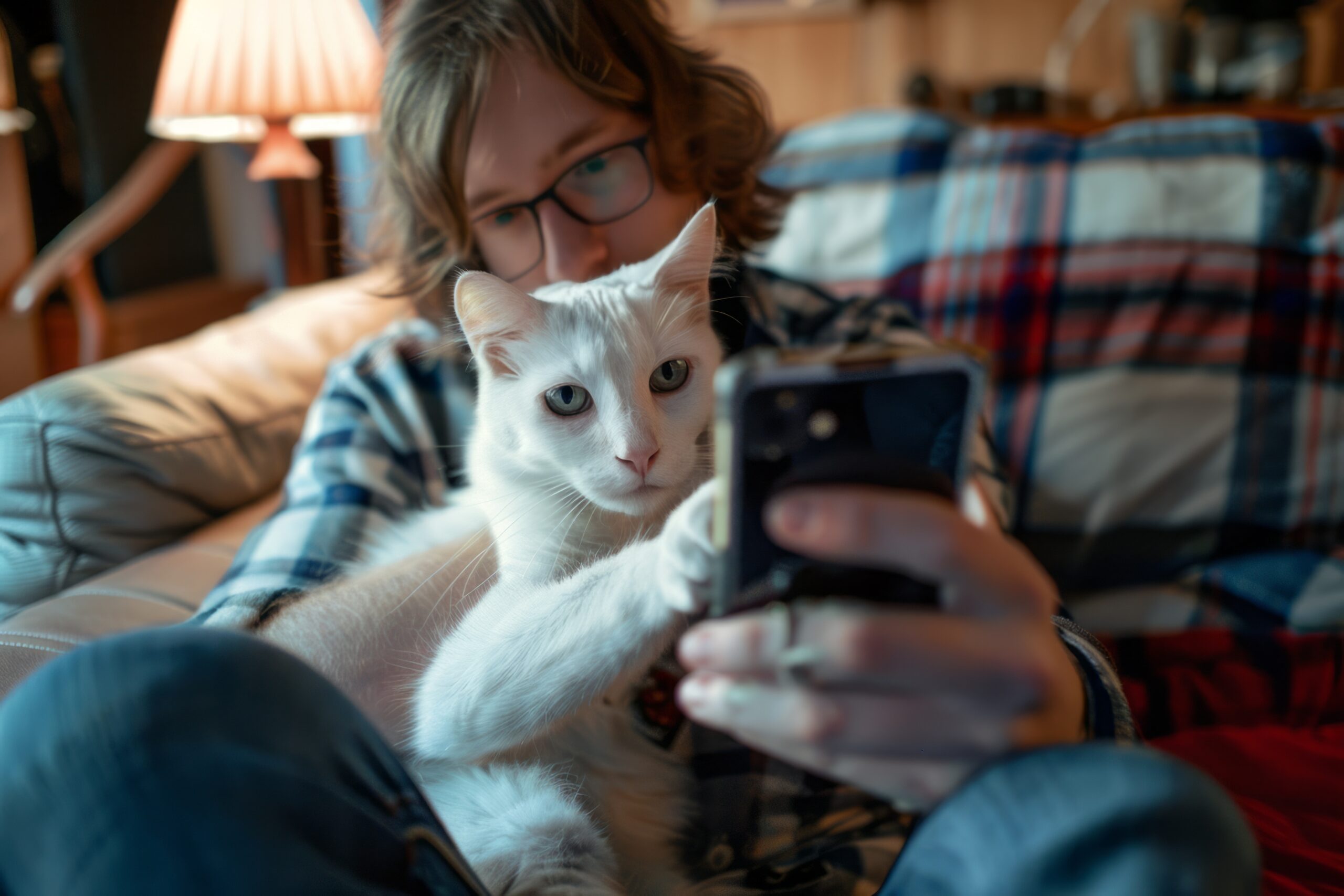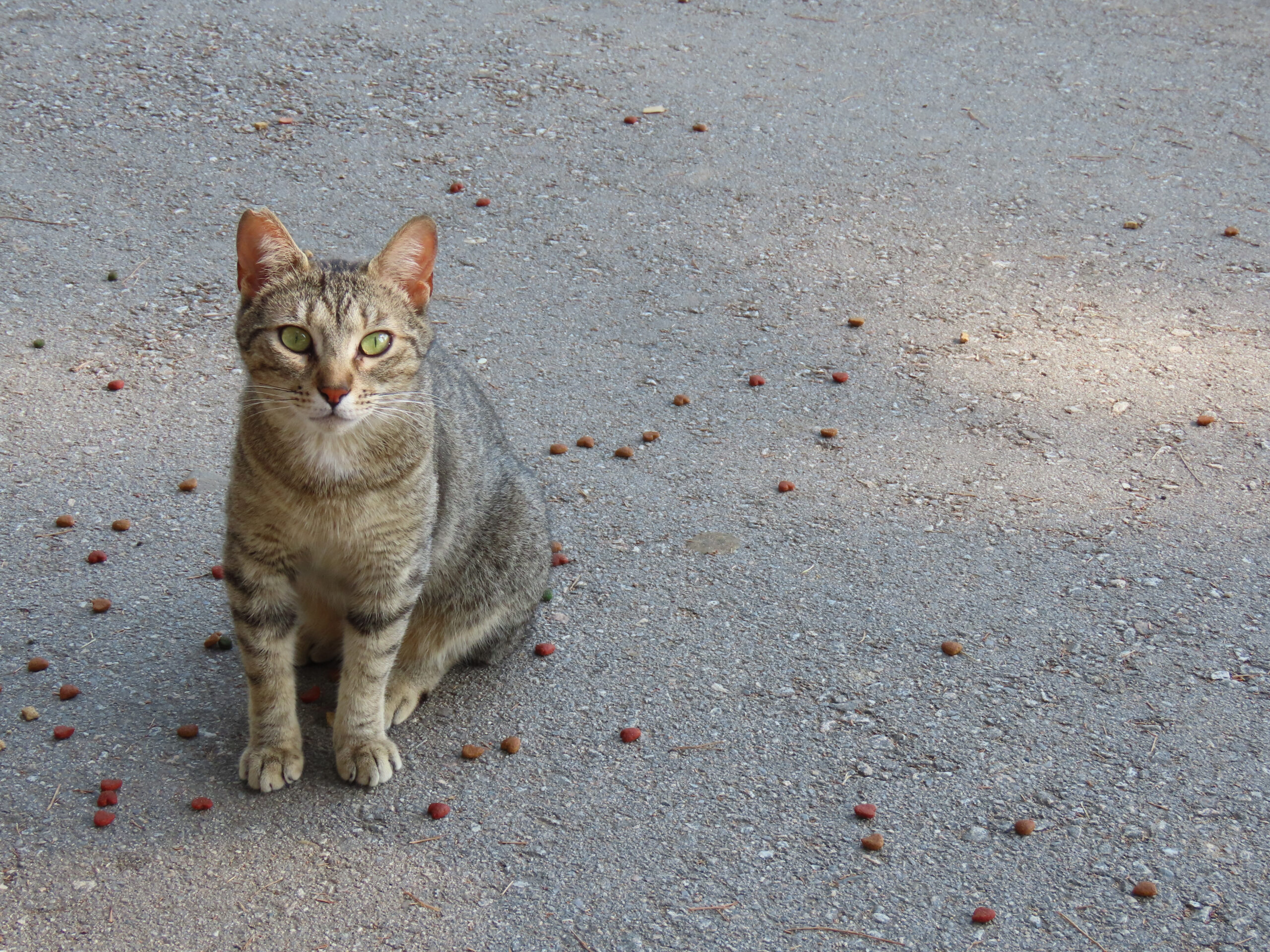All cats communicate using sounds and gestures that make cats unique. Learning this unique method of cat communication can strengthen the bond you share with your furry friend. Some specific feline meows and gestures are ubiquitous, and they can help you understand the cat better. Here’s how you can understand some of the most basic cat sounds and actions.
The Symphony of Meows
The pitch, length, and volume differs from cat to cat; therefore, every cat has its own set of meows corresponding to a specific features. Cats use different pitches, lengths, and volumes to express a variety of needs and emotions:
Friendly attempt at petting, or a call for attention: Short, high-pitched meow.
A plea that serves as a request: Drawn-out “meeeoow.” Often a complaint or a request, possibly for food or play.
Cats might be trying to convey an overwhelming sense of enjoyment, or wish to hold a long conversation: Series of meows. Your cat might be emphasizing an urgent need or trying to engage in a longer “conversation.”
The Sound of Contentment (Mostly)
- Purring: its usually done in head resting or while ‘to take care of the smooth feline furring,’ thus Cats can calm their furry selves down and sleep best, but don’t forget to appreciate the surrounding at that point.
- The Tail: A Feline Mood Barometer
Felines can show the world what do they feel inside. A cigarette between fingers do the same job to human chest.
You can also notice or tell any feeling using their tails:
- Runs upright and forwards: Happiness.
- Suspended and happening tail: to Irregular Race. Self-connected as inner joy mixed with agitation.
- Fluffy, round bubbly form used sometimes in place of head: Performative sadness.
- Suspended and pulsing tail: Counter-Belly in places. You can let these cats be where they want freely. Embrace them right there.
The Eyes: Windows to the Feline Soul
Cats can express so much with the simple blinking of their eyes:
- Slow blink: Represents trust as well as love like blowing kisses.
- Hard stare: Might feel threatened or scared, in some cases challenged and other cases curious or focused.
In Pawrpose App we are building behavioral insights with AI, scan a photo of your cat and let AI read their mood.
Whisker Whispers
Apart from sensing they can also express mood:
- Curiosity or interest: Whiskers forward facing.
- Fear or agression: Whiskers pulled back.
Read More: Thinking About Adopting a Cat
Understanding Cats
Every single meow, blink or purr adds to the delightful song that celebrates our news and guardians: cats. All cats obtained endless wonders however paying close attention to sound reveals how Cat Communication works and try to warn you of their needs. Pay attention and you will understand more than you think.
Pawrpose App is available on iOS and Android.
Rescue. Adopt. Make a Difference.
Find out more about the role of Pawrpose in Animal Welfare here: Read Blog
#AnimalRescue #LostPetAlert #StrayAnimalHelp #Pawrpose #PetRescueApp #AnimalWelfare #PetCommunity #RescueTogether





